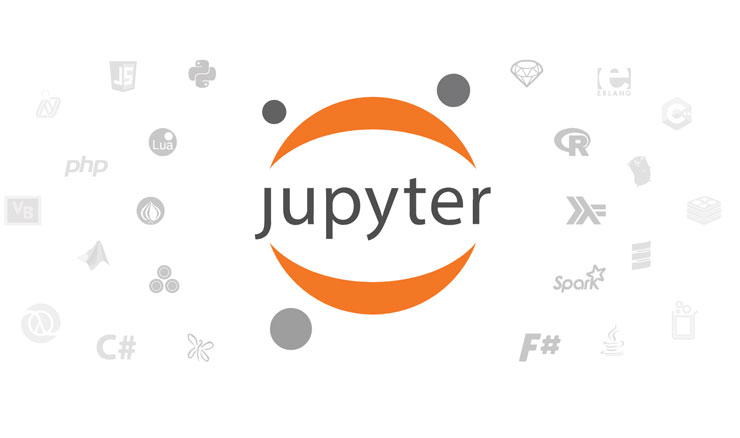A well-elaborated handbook for teaching and learning with Jupyter saw the light this month. It is a first draft that aims to provide an entry point and a broad overview of Jupyter in education.
Coordinated by Prof. Lorena A. Barba, from The George Washington University, this handbook is intended for any educator teaching a topic that includes data analysis or computation.
“It is not just for educators teaching courses in engineering or science, but also data journalism, business, and quantitative economics, data-based decision sciences and policy, quantitative health sciences, and digital humanities,” say the authors of this open book.
Jupyter Notebook has exploded in popularity in the last four years as the favorite environment for data science. It has also grown as a platform to use in the classroom, to develop teaching materials, to share lessons and tutorials, and to create computational stories. Prof. Lorena A. Barba has been the main driver in the Jupyter for Education movement. Her courses at The George Washington University Engineering MOOC Open edX platform are a good example of Jupyter use.
Notebooks are documents containing text narratives with images and math, combined with executable code (many languages are supported) and the output of that code. This marriage of content and code makes for a powerful new form of data-based communication.
- The source materials for the book “Teaching and Learning with Jupyter” can be found at https://jupyter4edu.github.io/jupyter-edu-book/
- To view the book as HTML, and download it as PDF and other formats, visit: https://jupyter4edu.github.io/jupyter-edu-book/
- GitHub repository for this book: https://github.com/jupyter4edu/jupyter-edu-book

 En Español
En Español





















